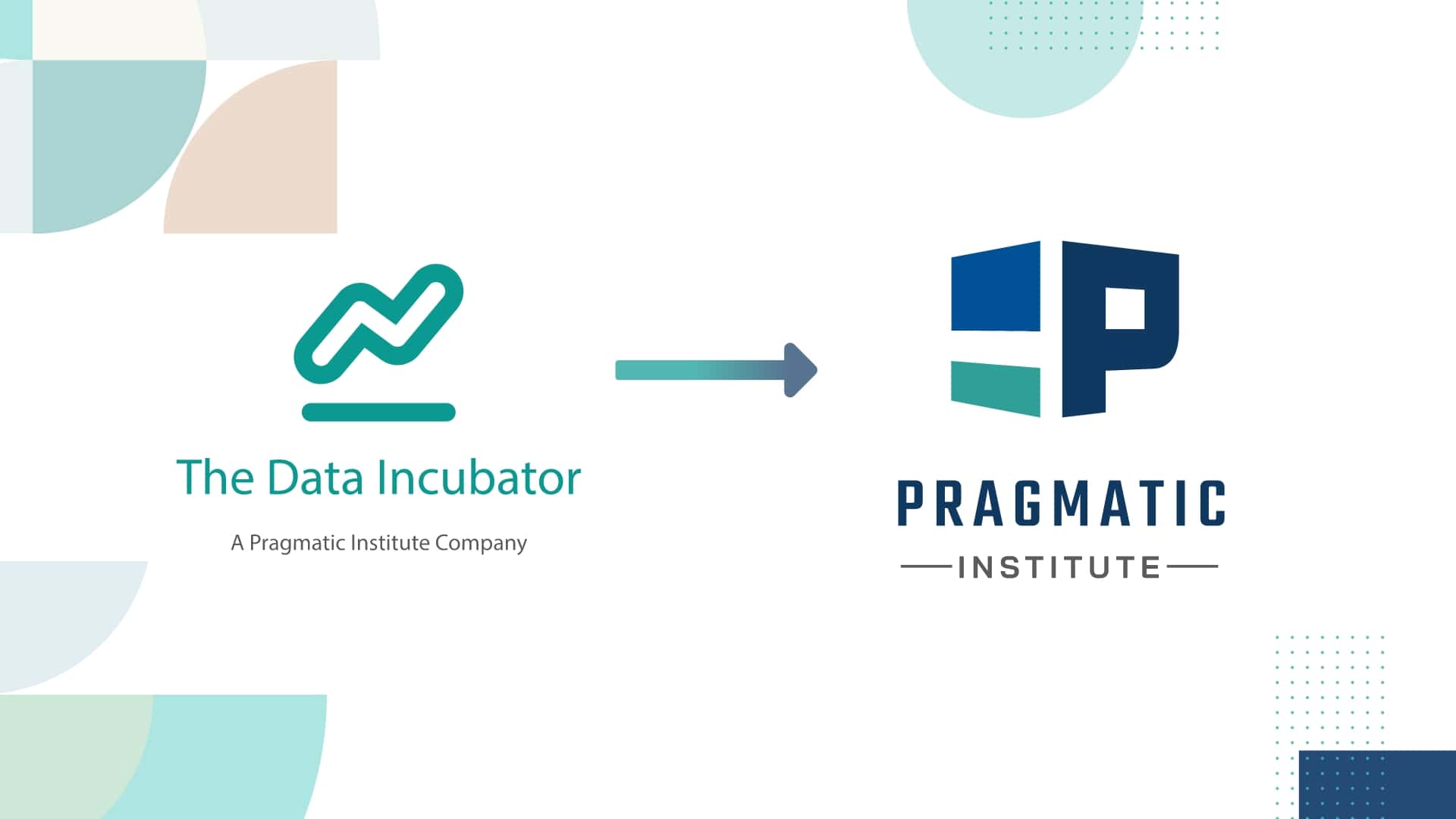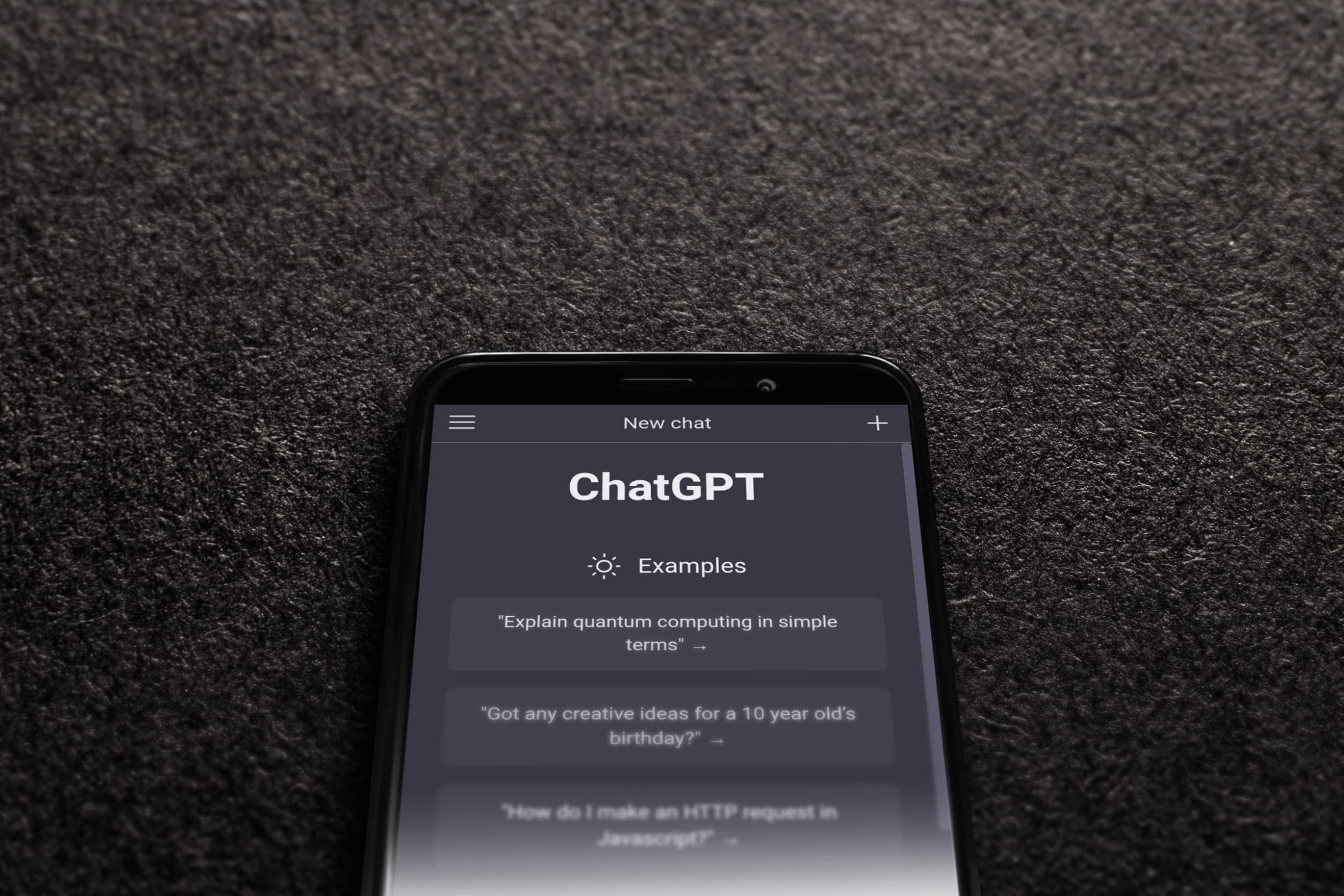By Andres Gonzalez Casabianca
Picture this: You’ve been working hard on a project at work. You’ve run several algorithms, tuned the necessary hyperparameters, performed cross-validation and exhausted the checks required to ensure you’re not overfitting.
Yet, the performance metric isn’t where you would like it to be; or worse, isn’t where the business needs it to be. You take a hard look at your data science pipeline and don’t see any room for improvement.
What do you do? Go back to the source; specifically, go to an alternative source.
FinTechs working in the credit space differentiate themselves by their ability to muster alternative data sources and put them through their analytics pipeline. These companies aim to predict a person’s default probability, i.e. how likely they won’t pay their loan.
However, to get a competitive advantage from the established household names (e.g., Transunion, Equifax), they need to find uncharted information, clean it and finally, use it as input in their models.
Lenddo uses alternative data for credit scoring
Back in 2011, when social media was ramping up and people were creating their digital footprints, Jeff Stewart and Richard Eldridge founded Lenddo.
This fast-growing FinTech gathers data from social networks with the user’s authorization and analyzes over 12 thousand variables to create a score that represents the likelihood of default.
For example, Lenddo looks at how and with whom social media users interact, and the quality of their connections. Without getting too deep into the role of privacy in data science and the cleaning preprocessing, garnering this information is an excellent example of alternate data sources, the importance of data cleaning and optimization outside of the traditional parameters.
Branch is another startup that is thinking outside the box.
It operates mainly in Sub-Saharan Africa, focusing on financially underserved -and unserved- populations using alternative data sources to predict the likelihood of default.
Branch uses mobile data, ranging from cellphone battery charging patterns to SMS frequency and length, all gathered with the user’s consent. Branch cleans, crunches, and puts the information through its data science pipeline, transforming it into a credit score. This way, Branch has more input information for the machine learning algorithms and superior results against its competitors.
Here’s what Branch and Lenddo have in common.
Both FinTech companies mentioned above are built around financial prediction and data science, starting their pipelines by looking at unique, unmapped, and uncharted data.
However, in the era of Big Data, these data sets come with their own challenges, so a mix of technical knowledge and business understanding is key: data scientists must see the numbers and the colors.
Common problems that arise are:
- Over and under-representation
- Selection bias
- Uncleanable values
- Unwieldy data
These are the hidden costs of using alternative sources. Therefore, spend enough time understanding where the data is coming from and what that information is (beyond the numbers). If data scientists put garbage in, they will get garbage out. Companies need to adjust the pipeline for these biases to avoid erroneous and unactionable conclusions.
Next time you feel like you have hit a plateau, take a few steps back and ask yourself: What alternative source can I add to the pipeline? Whether it is from digital interactions, online preferences or other innovative source, alternative sources will help you improve the performance metric and will set you apart from the competition.
We saw how Lenddo and Branch use social networks and mobile patterns respectively to enhance their models and produce a novel credit score.
It does not matter what industry you work on, nor what type of challenge you are tackling, when the performance metric is off-target, go back and look for alternative data sources: there is always new and untapped data. Get creative, account for inherent biases in new data sets, and incorporate explainable metrics to evaluate your models.
Data Science for Business Leaders
Learn more about data strategies for your business in Pragmatic’s course: Data Science for Business Leaders This course does a deep look into how business leaders and data practitioners contribute at each stage of data projects to drive results that have a real impact on your organization
If you’re ready to gain powerful business insights with data, register today.
Author
-

The Pragmatic Editorial Team comprises a diverse team of writers, researchers, and subject matter experts. We are trained to share Pragmatic Institute’s insights and useful information to guide product, data, and design professionals on their career development journeys. Pragmatic Institute is the global leader in Product, Data, and Design training and certification programs for working professionals. Since 1993, we’ve issued over 250,000 product management and product marketing certifications to professionals at companies around the globe. For questions or inquiries, please contact [email protected].








